ABOUT US
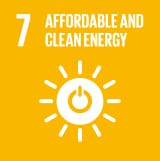
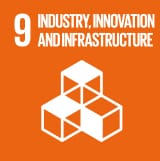
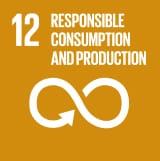
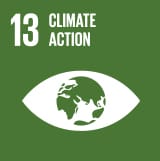
GULF recognizes that water is a valuable natural resource that must be efficiently and effectively managed. As such, the Company has made it a priority to ensure all its projects have a comprehensive water management plan in place which takes into account key issues including water-related risks, water quality, and water availability and consumption. As of 2020, all projects in operation have clear site-specific water management plans in place.
Industrial estates have water storage facilities with sufficient back-up supplies. The Company’s standalone projects have raw water storage ponds on site with up to 60 days’ capacity. The Company also has contingency plans in place to source water from alternative suppliers or sites if needed.
Projects outside industrial estates
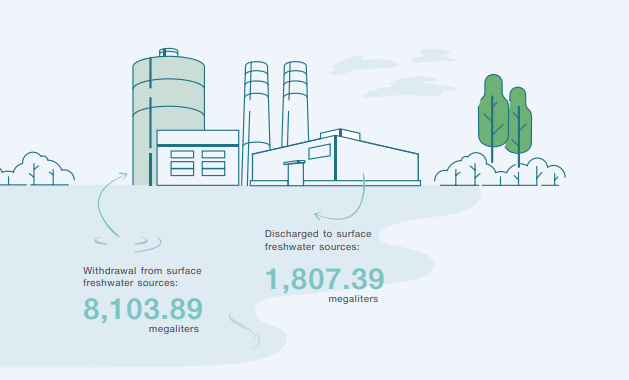
Projects located outside industrial estates withdraw water directly from major waterways. The quality of water discharged directly to natural waterways is far within regulatory limits set by the Royal Irrigation Department2 and is often of better quality than the waterways to which it is being discharged. Furthermore, water-sharing schemes are in place to ensure water availability for the local community and agricultural sector is not affected by the Company’s operations.
Almost all of the Company’s water consumption occurs at its power projects’ cooling towers where water is evaporated to maintain operational temperature in the plants. Thus, a key priority of the plans is to develop ways to increase water cycling within the cooling towers, thus reducing total water withdrawal. As a result of these efforts, the Company’s water intensity decreased 9.06% from the previous year.
Projects in industrial estates
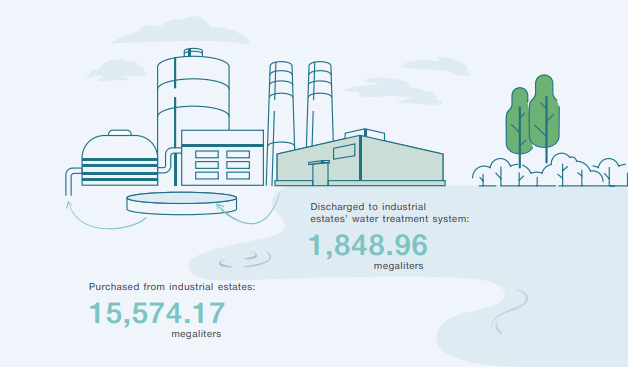
Projects located in industrial estates purchase water directly from the estate and discharge to the estate’s water treatment system in line with standards set by the industrial estate. The Company works closely with water suppliers, regulators and the local community to seek methods to reduce freshwater withdrawal. Thus, in 2020, the Company implemented an initiative to purchase treated waste water from industrial estates to supply its power projects, allowing the estate to reduce freshwater withdrawal.
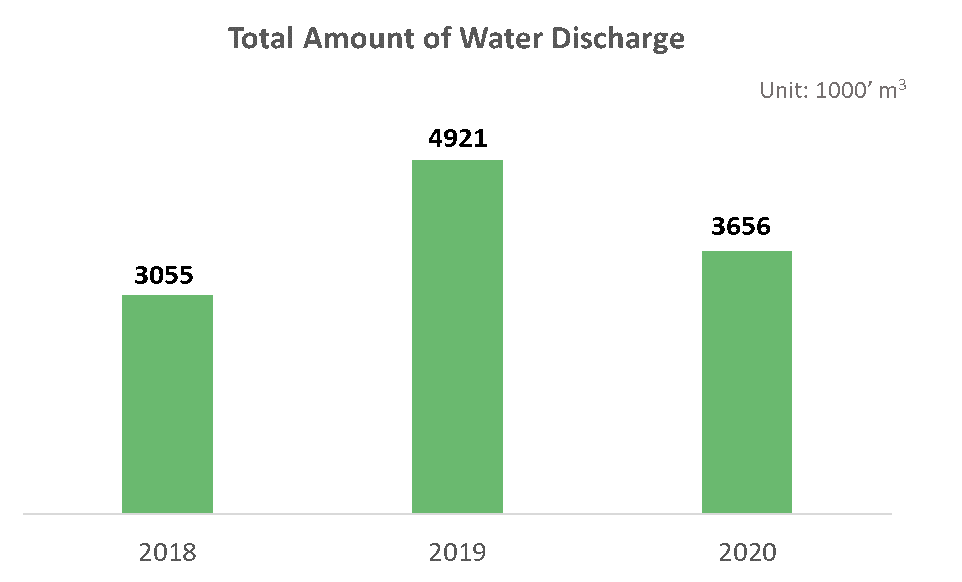
*0 projects in water-stressed areas
1 As identified by the UN FAO
2 AQUASTAT tool 2TDS ≤ 1300 mg/L
